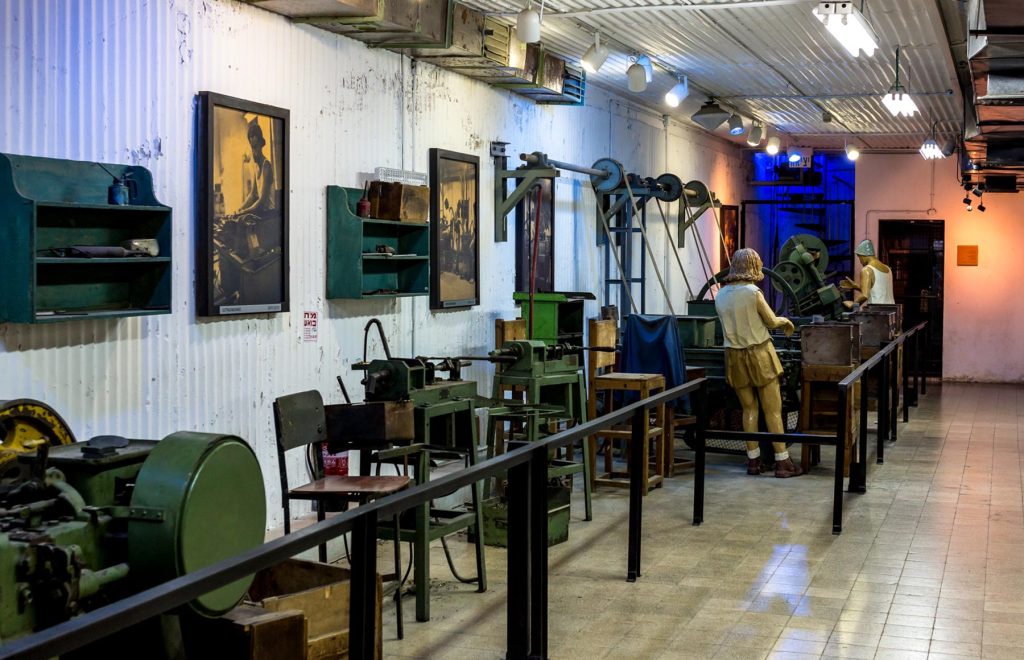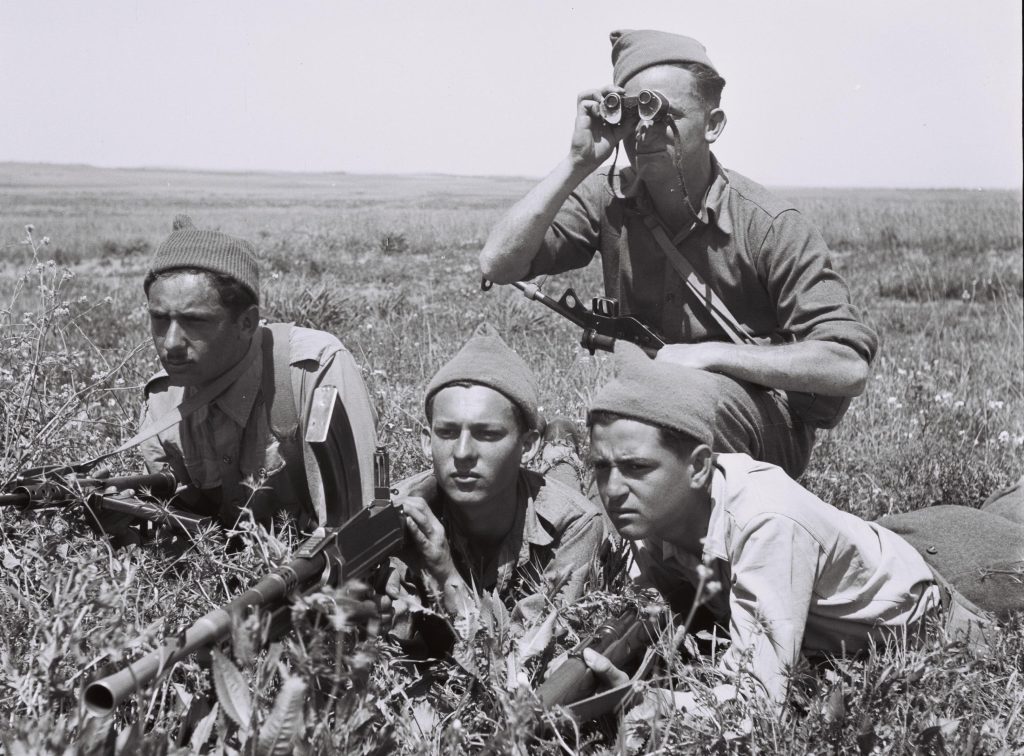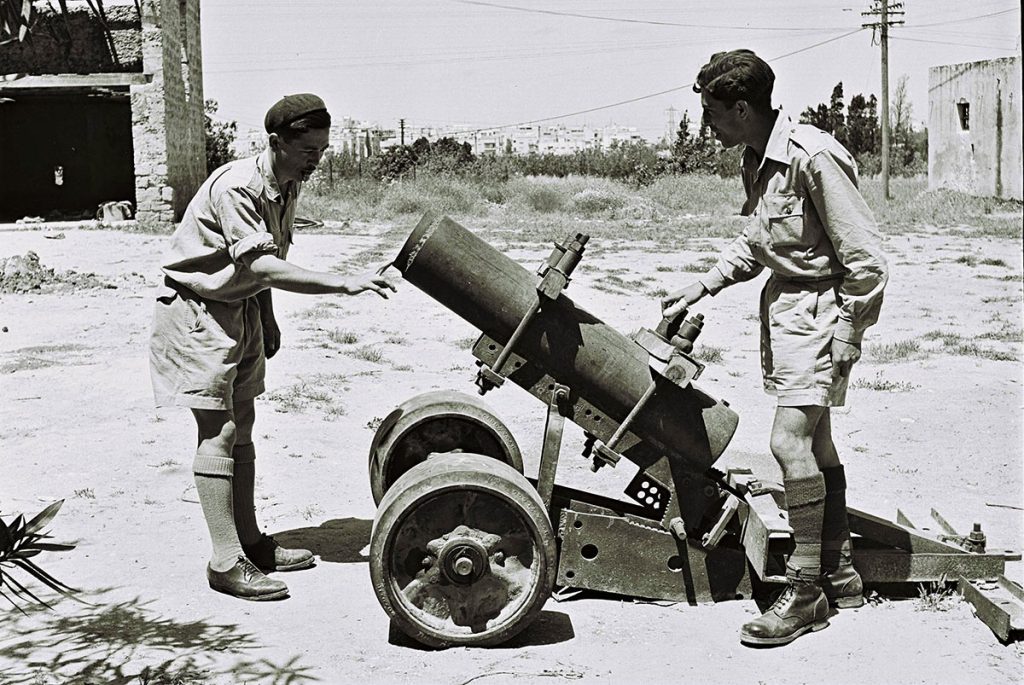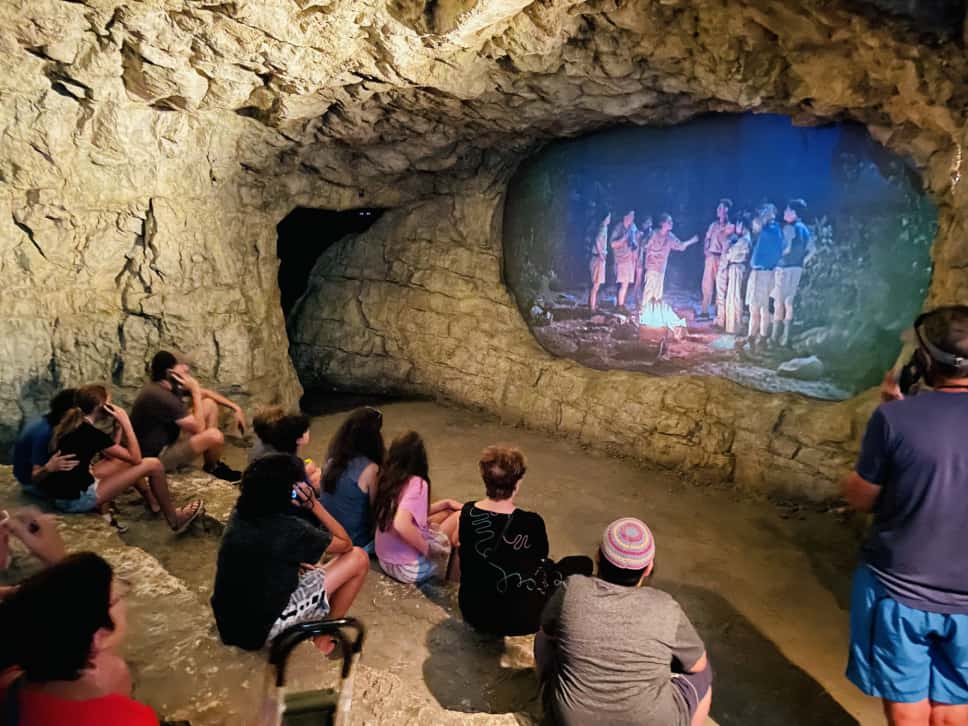In the first place, the Haganah was an underground Zionist military organization of the Yishuv (Jewish population in Mandatory Palestine) in Palestine between 1920 and 1948. First formed by existing militias to defend Jewish settlements from Arab attacks in 1920 and 1921; the Haganah (meaning “defense” in Hebrew) began as an organization of local defense groups in large towns and some of the settlements. After the Arab riots in 1929; the Haganah grew in strength and developed into a military body.

The Haganah and British Anti-Zionist Policy
During the British Mandate, which was a League of Nations decree for Britain to administer the territories of Palestine and Transjordan; a policy known as the 1939 White Paper was drafted after the Arab Riots of 1936 – 1939 calling for ‘the establishment of a Jewish national home in an independent Palestinian state within 10 years.’ This fast became known as the Anti-Zionist policy.

The Haganah was managed by the Jewish Agency; an official governmental body that was formed to look after the Jewish community in Palestine during the British Mandate. Albeit the British administration did not officially recognize the Jewish Agency; Still the Haganah protected over 50 new settlements around the country.
The Haganah Participates in World War Two
When the Second World War broke out, the Haganah cooperated with British intelligence units on various missions throughout the Middle East. So the organization strengthened its independence during the war by instituting a systematic training program for the country’s youth and formed its first mobilized regiment known as the Palmach in 1941 as a defense against a possible Axis invasion of Palestine through North Africa.

During the war, the Haganah stood by the doctrine of “havlaga” (“self-restraint”). However, the British Anti-Zionist policy caused two groups with more radical ideas – The Irgun and the Lehi – to split off from the main organization. However, there is a main difference between the three. While the Haganah organization was subordinate to the decisions of the Jewish leadership, the Irgun and the Lehi were two organizations that did not feel committed to obeying any decisions of the Yishuv leadership. And more ways than one could be classified as a terrorist organization.
When the war ended, and the Haganah realized Britain had no intention of changing its Anti-Zionist policy; the Haganah began to resist British Mandatory rule as a unified Jewish Resistance Movement; comprised of the Haganah, the Irgun; and the Lehu groups.
Global Organization
The Haganah was not only active in Palestine. It attracted and trained thousands of new immigrant recruits from Europe and North Africa, including many Holocaust survivors. It had branches in countries worldwide, including Italy; France; Germany; Poland; Morocco; and the United States.
Between 1945 and 1948, a branch of the Haganah known as the Mossad L’aliyah Bet organized the immigration of over 70,000 immigrants from all over Europe to Israel. Moreover, the Haganah also purchased large quantities of arms from Western Europe; Czechoslovakia, and the United States; and sent them to Palestine.
The State of Israel
When the State of Israel was established in 1948; David Ben-Gurion transformed the Haganah into the army of the new state; which became known as ‘Tzeva Haganah Le-Yisrael’ — the Israel Defense Forces.

In brief, the fascinating history of this organization and the importance it played in the development of the State of Israel can be explored at the Haganah Museum in Tel Aviv. Also, I invite you to take a private tour with me and learn all about it from an expert! Truly I tell you there is nothing like a guided tour of these museums like the Haganah museum to better experience Israel. If you have any questions about quotes or bookings, please contact me at any time of the day!

